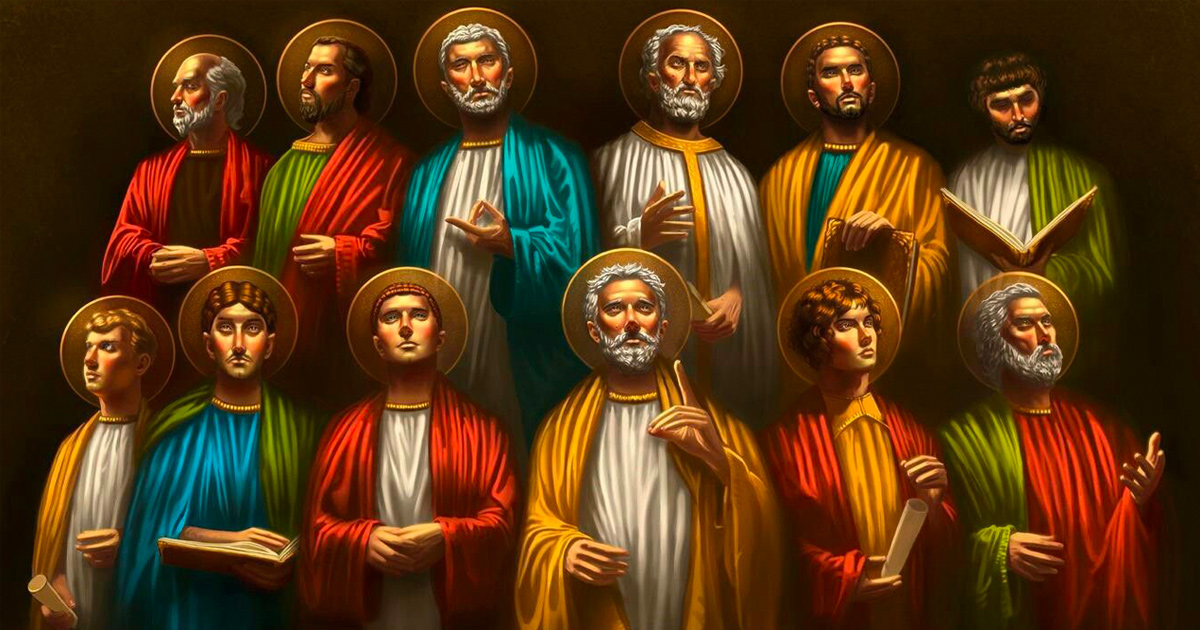
WHO WERE THE 12 CLOSEST FRIENDS OF JESUS DURING HIS LIFE ON EARTH
There were many people who followed Jesus Christ during his life on Earth. Of these followers, the twelve apostles were His most dedicated disciples and friends.
Following Christ’s ascension, eleven of them (Judas Iscariot betrayed Jesus and kiIIed himself and was replaced by Mattias) followed the Great Commission and became the primary teachers of the Gospel. But have you ever wondered what exactly happened to them? Here’s the meaning behind each of the Twelve Apostles names, how they died, and where their remains can be found today.
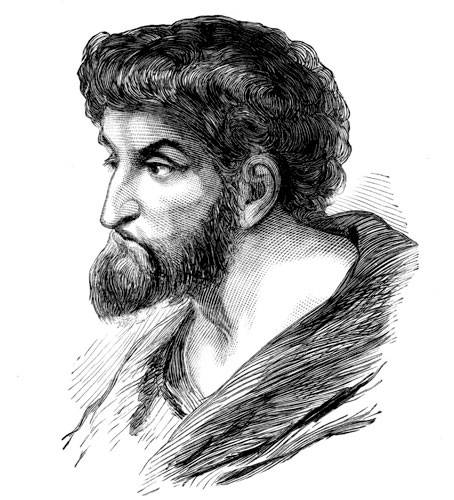
THOMAS
Thomas comes from the Aramaic name Ta’oma meaning twin, however, the meaning of the nickname is unclear. According to the Syrian Christian tradition, Saint Thomas was preaching at Saint Thomas Mount in Chennai, India around the year 72 A.D., when a group of angered locals martyred him with a spear. His remains can be found in the Basilica of Saint Thomas the Apostle in Ortona, Italy.

MATTHEW
He is also called Levi, a tax collector, who later became one of the four Gospel writers. Matthew comes from the Greek Matthaios for the Hebrew name Mattityahu, meaning gift of Yahweh. According to tradition, the tax collector-turned-missionary was martyred in Ethiopia, where he was stabbed in the back by an assassin sent by King Hertacus after he criticized the king’s morals. His remains can be found in the Cathedral of Salerno in Salerno, Italy.

JAMES THE GREATER
The name James is derived from the Hebrew name ya’aqov for the Old Testament Patriarch Jacob. Acts 12:2 says that James the Greater was kiIIed with a sword. The newly-appointed governor of Judea, Herod Agrippa, decided to gain favor with the Romans by persecuting leaders of Christianity. After James was arrested and led to the place of execution, his unnamed accuser was moved by his courage. He not only repented and converted on the spot but asked to be executed alongside James. The Roman executioners obliged, and both men were beheaded simultaneously. His remains can be found in Saint James Church in Compostela, Spain.
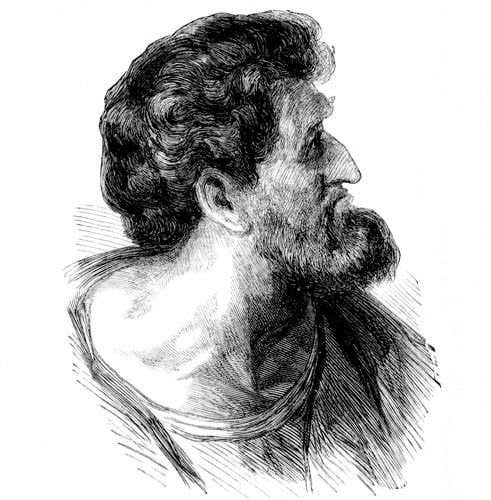
JUDAS THADDEUS
Judas stems from the Hebrew Yehudah meaning ‘praised’. According to tradition, Saint Jude Thaddeus was martyred around the year 65 A.D. in Beirut and his body filled with arrows. He is often pictured with an ax, a symbol of his martyrdom and the way in which he was kiIIed. His remains can be found at Saint Peter’s Basilica in Italy.
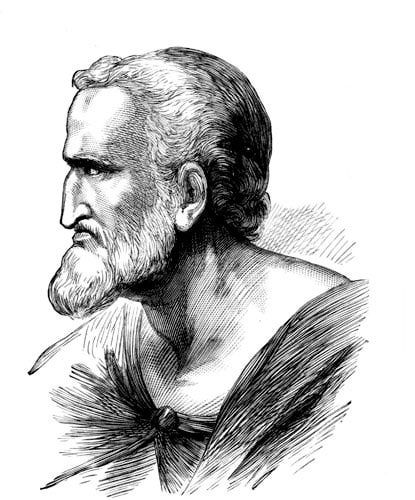
SIMON THE ZEALOT
Simon comes from the Hebrew name Shim’on meaning ‘he has heard’. Saint Simon is one of the most obscure apostles of Jesus Christ. It is thought he preached in Mauritania on the west coast of Africa, and then went to England, where he was crucified either around the year 65 A.D. or 107 A.D. His remains can be found at the Altar of the Crucifixion in Vatican City.

JUDAS ISCARIOT
Judas stems from the Hebrew Yehudah meaning ‘praised’. Judas Iscariot committed suicide following his betrayal of Jesus Christ, and the whereabouts of his remains are unknown.
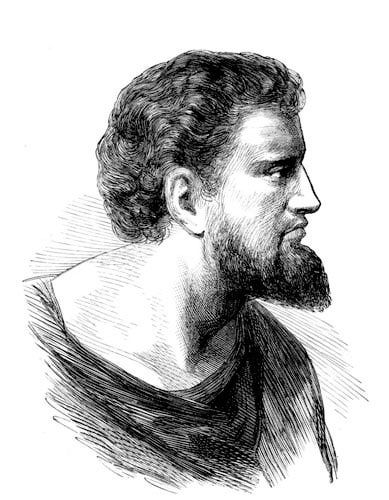
BARTHOLOMEW
He is probably the same person as Nathanael. Bartholomew comes from Bartholomaios, the Greek form of an Aramaic name meaning son of Talmai. According to tradition, he preached in several countries, including India, where he translated the Gospel of Matthew for believers. In one account, “impatient idolaters” beat Bartholomew and then crucified him. In another account, he was flayed alive and then beheaded. His remains can be found in Saint Bartholomew Church in Rome.
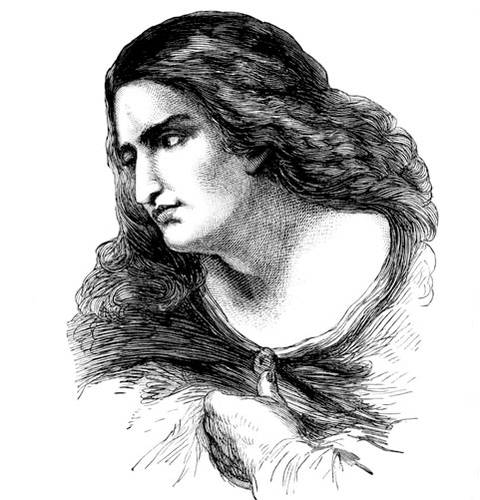
PHILIP
Philip stems from the Greek name Philippos meaning friend of horses. He became a missionary to Greece, Syria, and Phrygia. Eventually, he traveled to the Egyptian city of Heliopolis, where he was whipped, thrown into prison, and then crucified around 54 A.D. His remains can be found in the Holy Apostles Basilica in Rome.

JOHN
Brother of James. Later, he became one of the four Gospel writers. John is derived from the Hebrew name Yochanan which means ‘Yahweh is gracious’. He is the only apostle to have died a natural dеаth, passing peacefully in his old age around the year 100 A.D. on Patmos, Greece. His remains can be found in the Basilica of Saint John in Ephesus, Turkey.
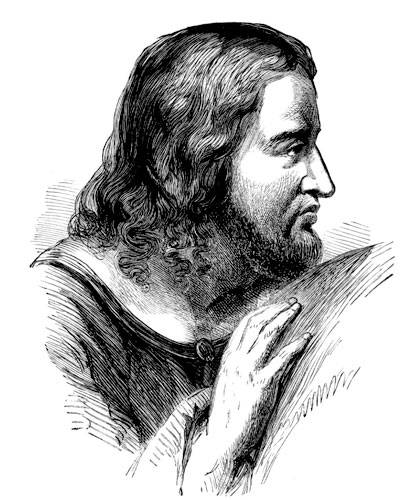
JAMES THE LESSER
James is derived from the Hebrew name ya’aqov for the Old Testament Patriarch Jacob. Less is known about Saint James the Lesser except that he was one of the oldest apostles. At the age of 94, he was beaten and stoned by persecutors, and then was kiIIed from a blow to the head with a club. His remains can be found at the Holy Apostles Basilica in Rome.

ANDREW
Andrew comes from the Greek name Andreas, itself derived from the Greek word Andreios meaning ‘masculine’. Andrew traveled to Patras in western Greece in 69 A.D., where the Roman proconsul Aegeates tried to convince him to forsake Christianity so that he would not have to execute him. Not renouncing his faith, Aegeates crucified him to an X shaped cross (the origin of the saltire’s shape), tying him instead of using nails to prolong his suffering. His remains can be found in the Cathedral of Amalfi in Amalfi, Italy.

PETER
Simon later became Peter. Peter stems from the Greek Petros meaning ‘rock’. Jesus gave him the name Cephas, which means ‘stone’ in Aramaic. He was martyred by crucifixion sometime around the year 64 A.D. during the Great Fire in Rome under the rule of Emperor Nero. Tradition says he requested to be crucified upside-down, because he saw himself unworthy to die the same way as Christ. His remains can be found in Saint Peter’s Basilica in Rome.
Curious about the message of God in an encouraging email every day? Subscribe today and you’ll receive an email each morning. It will help you develop your faith and experience the presence and power of God!
Leave a Reply